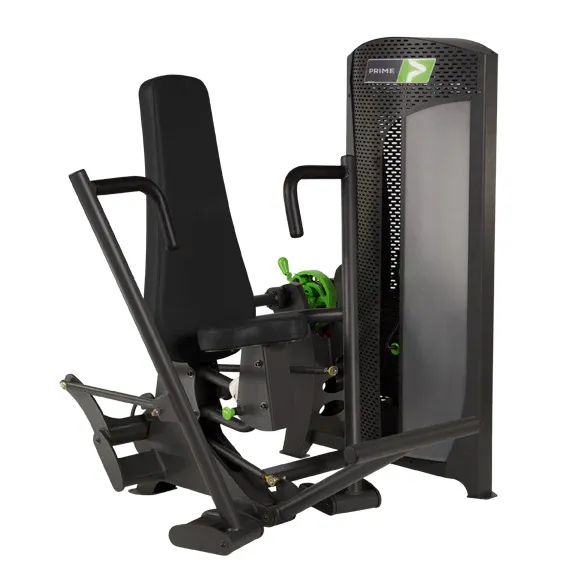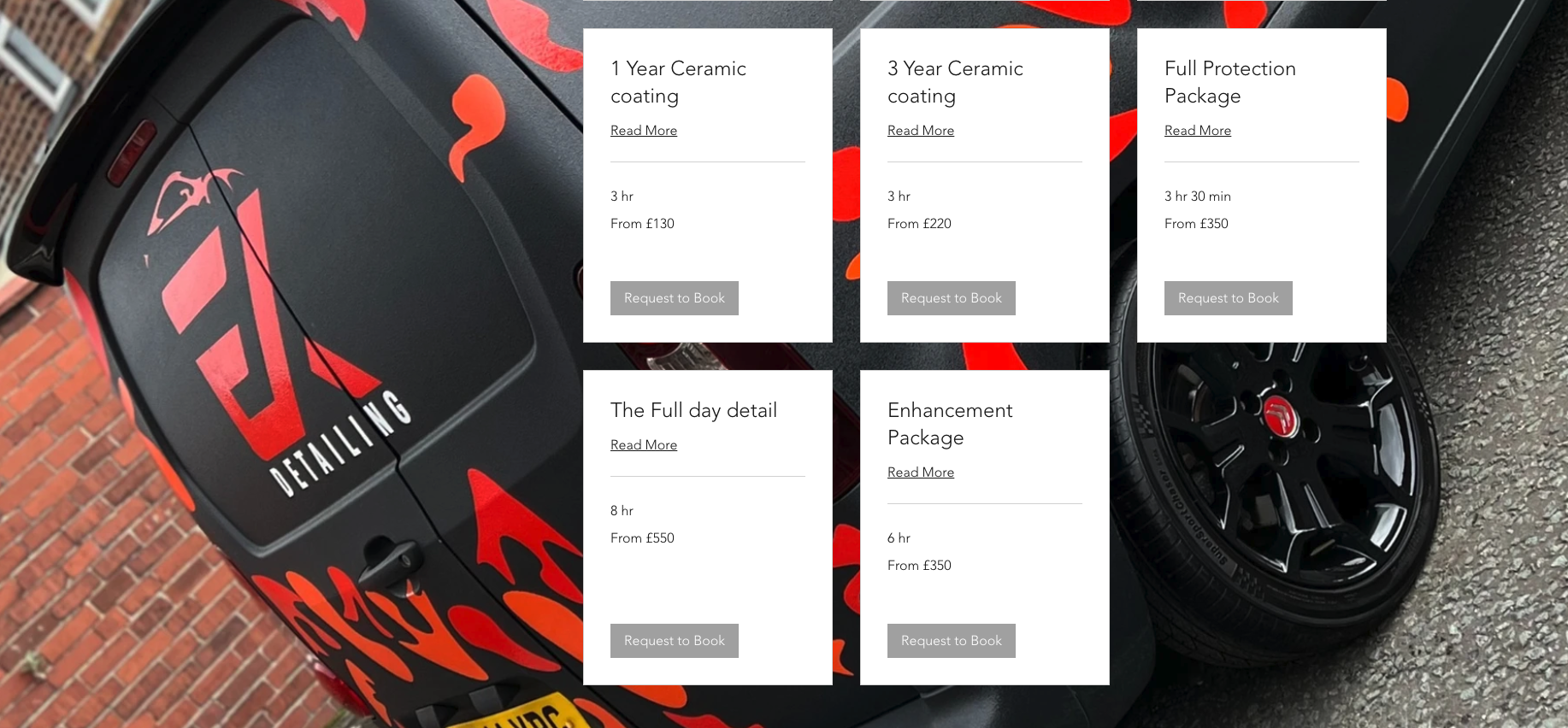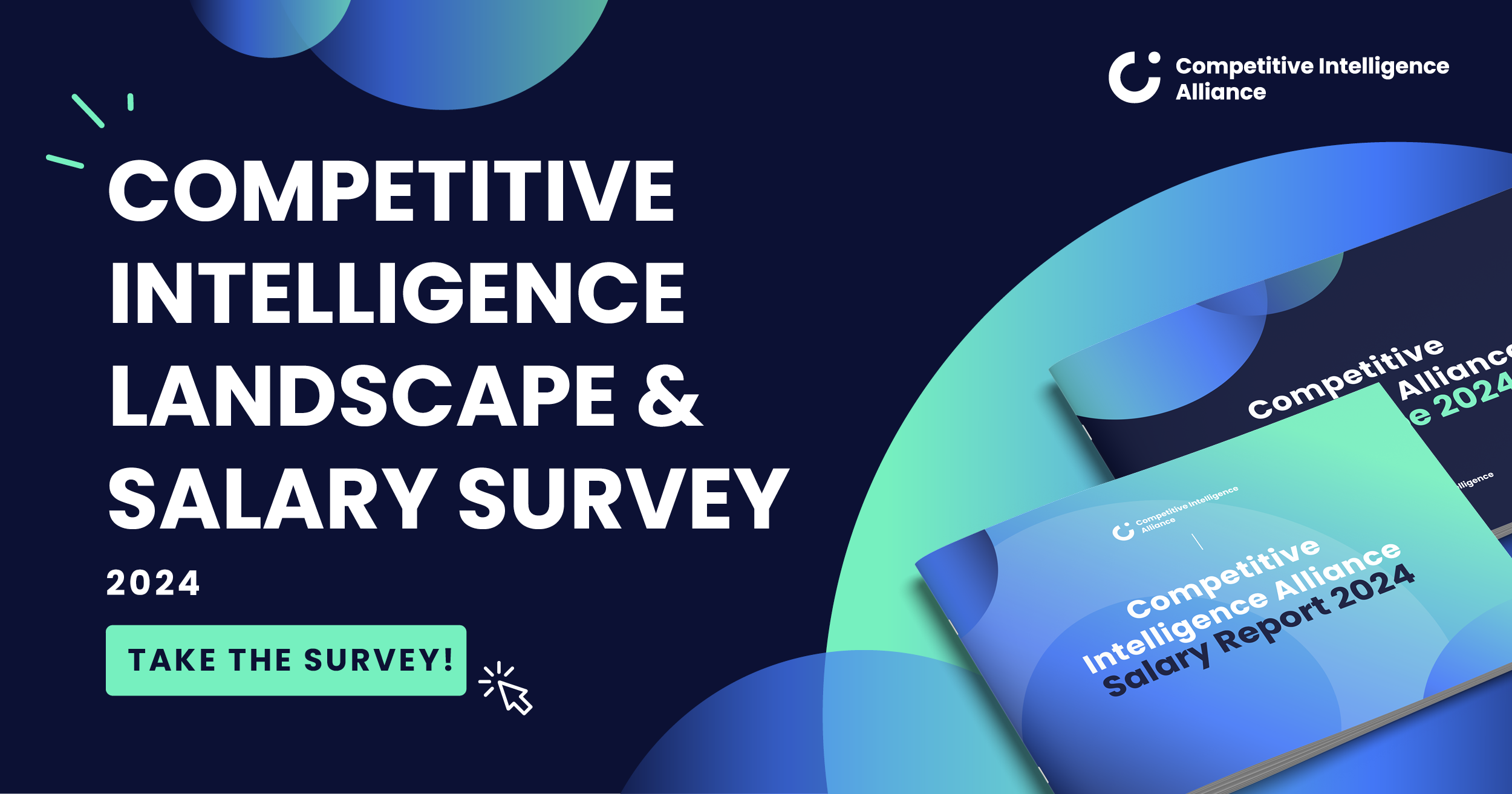What is prestige pricing in marketing?
Prestige pricing, also known as premium pricing, or image pricing, is what businesses do when they sell at a high price to communicate value.
Prestige pricing aims to take advantage of a simple heuristic, or mental shortcut, the brain takes when evaluating something.
Simply put, since products of higher quality are usually priced higher, it’s easy reasoning to assume products that are priced highly are also higher quality.
While the relationship doesn’t have to go both ways at all, it tends to, so we tend to assume along these lines. You see a highly priced product, you assume it’s of high enough quality to be worth (close to) its high price.
Do prestige pricing strategies work?
Will a prestige pricing strategy work for you? Do they work in general? Do they work better than other types of pricing strategies, like loss leader pricing? Get ready for the answer you knew was coming… it depends.
In $100 Million Offers, be-capped and be-flannelled business influencer Alex Hormozi says:
“There are really only two ways to grow: get more customers, and increase each customer’s value.”

Increasing the price of your stuff is just one way to increase each customer’s value. The other way Hormozi highlights is getting them to buy more times. That is, extending their lifetime value (LTV).
If you make your stuff more expensive, but damage your customers’ LTV in the process, you haven’t done yourself any favors.
You’re not after a single sale, after all. You’re after sustained sales over time. And preferably for some of your existing customers to be so pleased with your products that they go and tell all their friends and colleagues about them as well.
Illustrating this with… muffins
If you were selling muffins, and yours was the most expensive muffin stall at the market, people would probably think, “Wow! These are expensive muffins. What makes them worth it?”
If you can answer that initial question in a way that sounds right (enough to hold up to some initial scrutiny – that level of scrutiny presumably being proportionate to the price of the thing you’re trying to sell. Lower for selling muffins. Higher for selling tech companies, for instance.) you should get a first sale.

But, if your baking skills are anything like mine, your muffins suck. Big time. And if your highly-priced product doesn’t hit the mark, your customers will be understandably unhappy.
It doesn’t matter what you’re selling. You want the customer to be over the moon with their experience. No matter the price they’ve paid.
The high price actually serves to attract those with the budgets to pay it, but you have to walk the walk too.
Price altering perception
But… there’s more!
At least for some products, price can alter perception.
Prices improving product enjoyment:
Consider the wine example cited in this article on competitive pricing intelligence. Three bottles of wine, all of them the same. Big price label on each one. The listed prices all different.
The most expensive wine consistently scored the best in tasting reviews. Even though it was exactly the same as the other two.

But that’s not the only way higher prices can alter the customer experience…
Prices securing emotional buy-in:
Imagine you sell a personal training service, helping clients reach their fitness goals.
If you sell your service for a dollar, how likely do you think they are to show up for that first check in?
How about if you sold your service for $500? If they pay that high price, they’re going to make sure they get their money’s worth.
Whenever you need the customer to do something for them to get the result you’re promising, charging a higher price is one of the most effective ways to get their buy-in.
Is prestige pricing versatile?
At this point, you’d be forgiven for thinking certain types of products lend themselves better to prestige pricing strategies than others. Those associated with luxury are obvious examples.
Imagine two teams on an episode of The Apprentice. One has to make a prestige pricing strategy work with high-end jewelry. The other? With hot dogs. Who’ll have an easier time?
Well, you might be surprised.
Prestige pricing is relative:
See, prestige pricing doesn’t have to mean thousands of dollars. In fact, it’s all relative.
If your hot dogs are three times the price of the average hot dog, but they’re really special, people could rave for them. Celebrities might relish being seen doing something as scandalous as eating a high-end hot dog.
So, yes, prestige pricing strategies can be versatile. And that’s because they’re about more than just the price, or the product alone. They’re about the entire brand image (hence why they’re sometimes referred to as ‘image pricing’ strategies).
If the overall brand image doesn’t work in favor of the pricing strategy, all you really have is an overpriced product.
Which brings us to the pros and cons of prestige pricing…
The pros and cons of a prestige pricing strategy
Pros
- Higher margins.
- Better end product as a result of reinvestment opportunity.
- Better customer experience.
- Value-based sales vs. price-based sales.
Let’s examine each of these in a bit of detail.
First, a prestige pricing strategy involves charging more for your products. All else being equal, that means higher margins, and therefore more money. Nice!
The next advantage of prestige pricing is the extra opportunity afforded you as a result of that additional profit. You can reinvest that money anywhere you like and use it to cement your competitive advantage .
Third, as we’ve discussed above, is the chance for a better customer experience. Since price can alter the perception of value, and even play into the customer getting better results from your service, prestige pricing can improve the customer experience.
Finally, and this really sums up all of the above, prestige pricing plays into winning you value-based sales rather than price-based sales. By marking your prices up, you’re not winning on price. That’s out the door straight away. Instead, you must focus on value-based sales. This means crafting solid positioning and messaging that communicate exceptional value despite high price. This pulls you out of the race-to-the-bottom that traps so many businesses.
Cons
- Lower sale volume.
- Additional risk.
Now for the cons.
First, you’re going to sell fewer units. There’s no avoiding that really, but the higher prices should more than offset this.
Second, there is some risk involved. You can’t just charge more for products that aren’t worth it. You still have to do the work of making your product or service the best it can be.
If your product isn’t worth the price, you’ll anger your customers and damage your reputation.
Prestige pricing strategy examples
So… which brands that you know use a prestige pricing strategy?
Many designer fashion brands use this strategy, for starters. And if you’re wondering how far you can take this, well… there’s no better place to learn the sky’s the limit than here.
Case in point: Louis Vuitton . On their website right now, they’re selling short sleeve tees. Plain white.
They have a chest pocket.
Oh, and they’re charging $1,070 for them.

But this calls attention back to how important brand image is. People would pay eye-watering sums for Louis Vuitton bin liners if they could. Just because the brand name is on the bags.
Rolls Royce and other high-end automobile manufacturers make for similar case-studies, as do many other luxury brands. But let’s get a little more bricks-and-mortar for the next two.
Prime Fitness USA
Prime Fitness USA is a gym equipment manufacturer. They sell their products to other businesses (the gyms that buy them), and are competing with, you guessed it, other manufacturers of gym equipment.
Their chest press machine costs $5,700. This is far in excess of the cost of the chest press machine in my local gym.

But everyone raves about Prime Fitness. It’s quickly becoming recognized as the best. Savvy gym rats travel further to gyms with Prime equipment. Prime even offers certain gyms a special badge they can put on their website to show they’ve got more than a certain amount of Prime equipment.
But what makes these products special?
The “SmartCam” tech on these machines allows users to alter the resistance profile of the movement. To oversimplify it, this means selecting where the exercise should be hardest: at the beginning, middle, or end of the movement.
If that doesn’t sound like much, it’s actually pretty revolutionary. Almost no other manufacturers are doing this, and this is just one of the ways Prime is revolutionizing equipment. And gym owners are lining up to pay their premium prices as a result.
Elite Kleanz Detailing
Elite Kleanz Detailing is a small, local business – a mobile valeting & detailing business based out of Manchester, England.
But they’re also a great example of a successful prestige pricing strategy applied to a simple B2C business.
The owner is marketing to a particular niche: those who take pride in the appearance of their vehicle, and are willing to pay a premium for someone to do the job well.
Their rates are high, with basic packages starting at about £40 (about $50), more expensive ones at about £68 an hour (about $90), and they all scale up depending on how soiled the vehicle is.

Consider that you’re not just potentially paying almost $100 for a car wash. Some of these jobs take this guy all day. Four, or even six-hour cleans aren’t uncommon. So, let’s correct ourselves. $300-600 for a car wash.
But take a look at their YouTube shorts, and you’ll see firsthand the high quality of care they put into their work. The level of experience and knowledge, too, of which tools to use for the job to get the best results without damaging different surfaces, for instance. These are the signs of expertise that allow businesses to thrive with prestige pricing strategies.
How to implement prestige pricing for your business
OK, so how do you make a strategy like this work?
Potential buyers need to be able to justify a higher price point. Either to their bosses, or to themselves.
Therefore, you need strong differentiation to make it clear to your target customers why yours is the product or service that’s right for them. That means good products and, more importantly, a strong understanding of your audience.
1 ) Start on the right foot
You need to choose a target audience from the start that’s likely to (i) have the funds and (ii) be willing to pay your higher prices. So, proper audience segmentation, and niche differentiation strategies, are solid early bets when it comes to preparation and strategy.
Like any competitive pricing strategy, though, you need to know how you're pricing yourself relative to the competition. For that reason, a competitive pricing analysis is also a good idea at this stage.
2) Craft your brand image carefully
You’ll also have to continually reinvest in boosting your brand image itself. Your brand should ooze quality. PR will become super important.
Understanding what your high-end target market values, associating yourselves with those things, and being very careful not to associate your brand with the things it’ll find distasteful, will be vital.
3) Using price anchoring to implement prestige pricing
When it comes to implementing the pricing strategy itself, here’s a top tip: Use price anchoring to help you.
Remember those heuristics we mentioned earlier? Here’s one you can use that good marketers and pricing strategists use all the time.
It’s called price anchoring.
This helps you charge more on average by making a higher-priced package seem like a better deal relatively speaking.
Here’s an example.
Let’s say you offer SEO consulting services, and you have two pricing tiers: Simple, and Advanced.
The Simple tier is priced at $99. The Advanced tier is priced at $249.
By adding a third Premium tier in there for $299, since the jump from Advanced to Premium is so much smaller than the one between Simple and Advanced, it seems like a no-brainer to move up to that package. Even if all your competitors are charging less.
Buyers anchor to the increase in value from the first to second tier, and judge that as fair value. In contrast, the jump from the second to third tier they’ll see as a steal.
TL;DR
So… here’s what we’ve learned.
- Businesses can use prestige pricing strategies to charge a premium and associate their brand with superior quality.
- Price alters perception, so premium prices can enhance customer experiences of your products and services.
- Prestige pricing strategies are surprisingly versatile.
- Some of their pros are they win you higher margins, and the opportunity to reinvest those profits.
- Some of their cons are they come with some additional risk, and you’ll make fewer sales overall.
- Using price anchoring can help when implementing a prestige pricing strategy.
CI Landscape & Salary Survey

You want insight-packed reports. Ones that give your career a leg-up.
We’ve combined the surveys for our two most popular annual reports into a *condensed* version. Short, sweet, simple.
The final reports will give you all the information you need to modernize every aspect of your existing programs, and keep your pay in line with the weight of your responsibilities.
Best part? With light fingers, you’ll get through this new, combined version in under 10 minutes. 👇




.png?v=56e5ac1685)